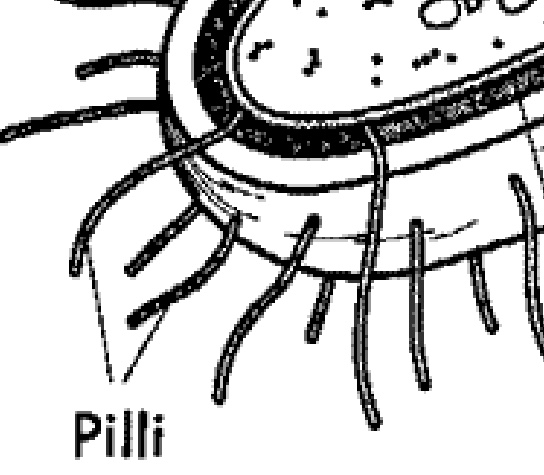CH 6: The Genetics of Bacteria and an Introduction to their Plasmids: Reduced
1/9
Earn XP
Description and Tags
cooked
Name | Mastery | Learn | Test | Matching | Spaced |
|---|
No study sessions yet.
10 Terms
What are prokaryotes and eukaryotes classified as?
cell types, differentiated by the presence or absence of a nucleus.
Prokaryotes have a nucleoid instead of a nucleus
What did Williams propose?
in 2019, Williams proposed a two-domain system: bacteria and eukarya. Eukaryotes arise from archaea and share similar proteins, making them different from bacteria.
What does a nucleoid have in common with a nucleus?
contain genome as dna: prokaryotes have one single, circular chromosome while eukaryotes have many linear chromosomes.
contain a unique gel matrix
undergo dna synthesis
both have an origin of replication
What is unique about eukaryotes?
nuclear membrane offers more protection to DNA
Nucleolus contains rNA to make ribosomal subunits
key differences between prokaryotes and eukaeyotes
pro = anucleate, euk = uncleate ± other organelles
pro = unicellular, euk = uni or multicellular
pro = simple small cells, euk = complex, bigger cells
pro = circular genome, euk = linear genone
pro = 70S ribosome, euk = 80s ribosomes
pro = asexual, euk = both
pro = binary fission, euk = mitosis and meiosis
pro - hap, euk = dip
pro - TRANSCRIBE AND TRANSLATE, pro = temporal separation of transcript and translation
pro = cell wall, euk = no cell wall
pro - have plasmids, euk = does not
pro = rarely has introns, euk = always does
pro = has operons, euk = rarely
What is a pilus? (pili)
thick filament for attachment

what is a flagellum?
allows movement
what is a nucleoid?
contains circular chromosome, no nuclear membrane
What is a plasmid?
extrachromosomal dna loop, not found in the nucleoid.